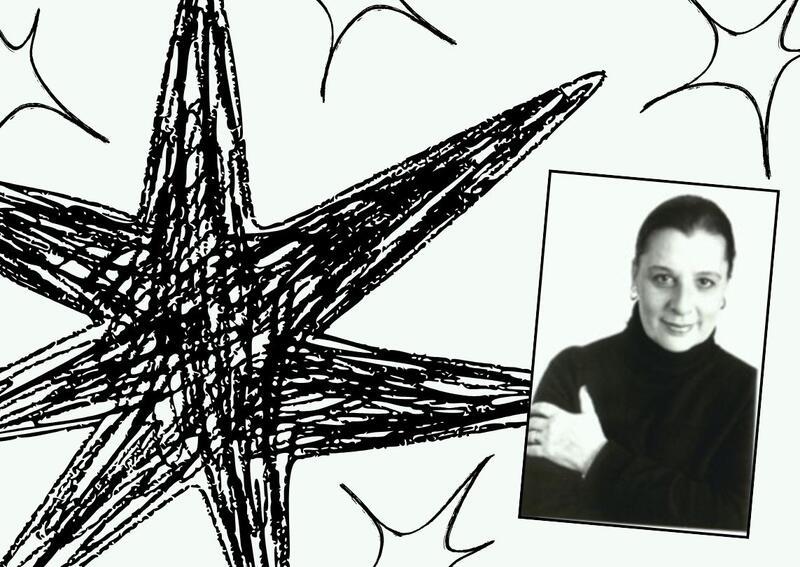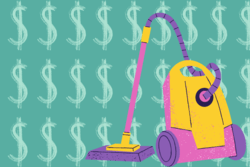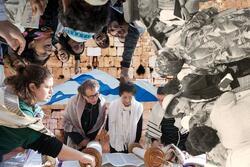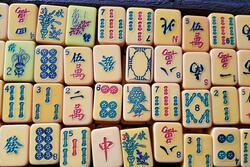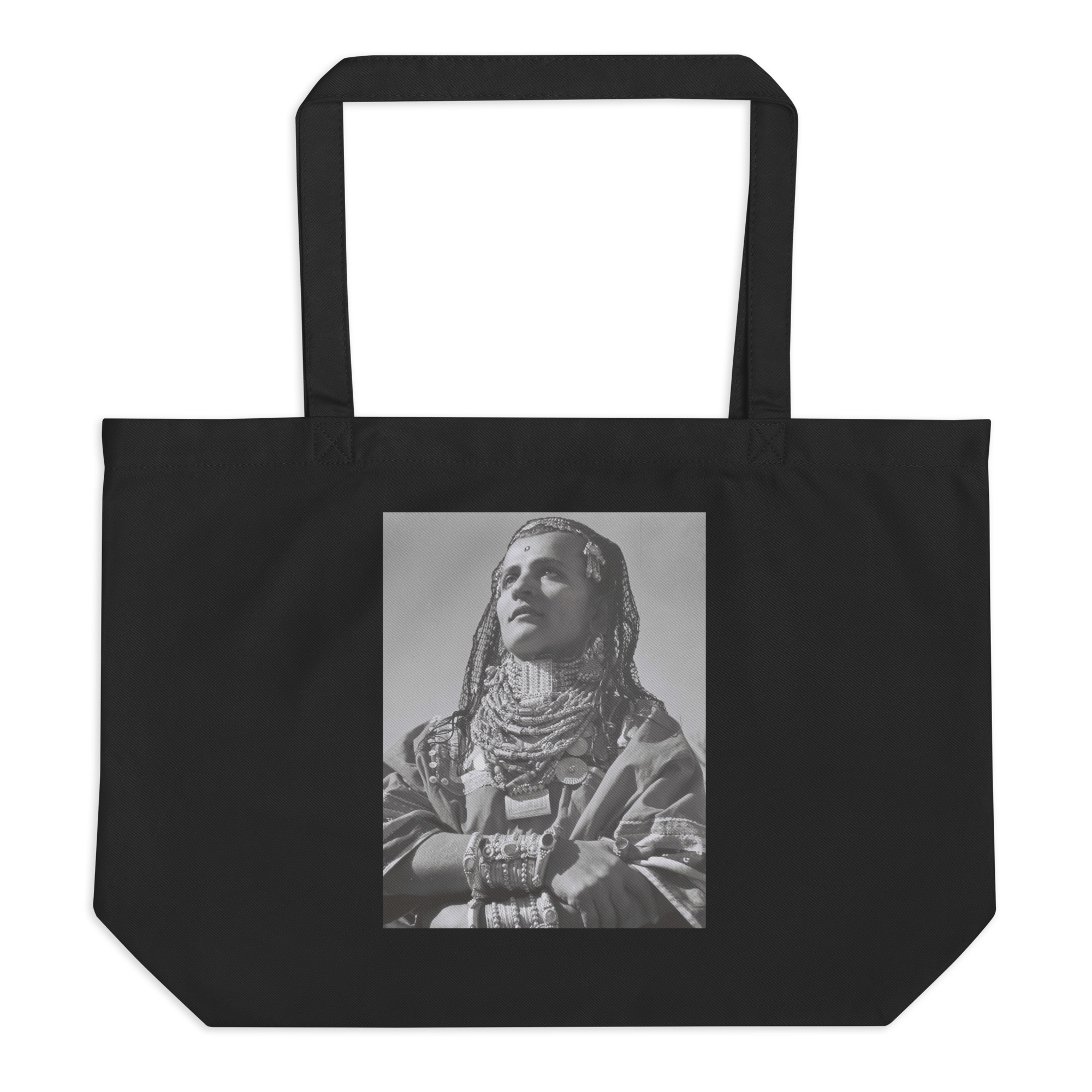The Contradiction of Orthodox Feminism
An ardent feminist who davens in an Orthodox shul sounds like a contradiction. And yet, that’s exactly what I am, caught between two worlds.
I’ve spoken to many Jewish women about struggling with my dueling identities and heard a variety of responses. The most common, though, suggests that to be a woman in Orthodoxy requires a certain level of cognitive dissonance and the ability to exist as both a feminist and an Orthodox Jew, not an Orthodox Jewish feminist. Blu Greenberg, however, rejected this binary.
Greenberg was born to an Orthodox family in New York in 1936 and received an almost comprehensive Jewish education. She was not permitted to study Talmud like her brothers, as women were not given formal Talmudic education during this period. She was, however, encouraged to pursue a career as a Hebrew teacher, and during her junior year in college, she studied in Israel under the tutelage of Nechama Leibowitz.
Credited with making Judaism more accessible, Liebowitz created worksheets (called gilynot) that required people to carefully study traditional Jewish texts and commentary and answer thought-provoking questions. She mailed these worksheets to Jews of all different backgrounds and graded each of their responses individually, providing an opportunity for the masses to study Torah, regardless of their level of religiosity, gender, or occupation. Liebowitz, a brilliant Torah scholar, was credited as the first “serious female Jewish Bible interpreter” by biographer Yael Unterman, and she pushed back upon the commonly held belief that women were incapable of rigorously studying Torah.
Greenberg was heavily influenced by her time with Liebowitz and wanted to continue her studies, but she was encouraged to come home where she married Rabbi Irving Yitz Greenberg. Inspired by Reform, Conservative, and Reconstructionist female activists, Greenberg started to closely examine the gender inequities in her own Orthodox community, especially as her young daughters were continuously neglected and omitted in Jewish spaces.
In 1973, Greenberg was invited to deliver the opening address at the First National Jewish Women’s Conference. In her speech, she simultaneously critiqued Jewish tradition and radical feminism. During the weekend of the conference, she reluctantly observed her first women’s minyan, something that her Orthodox upbringing had ingrained in her as a sacrilege. She was ultimately persuaded to raise the Torah before its return to the ark in the sacred act of hagba’ah, another act traditionally reserved for men.
After the conference, Greenberg struggled to reconcile her faith with the patriarchal viewpoints that dominated it. She grew dissatisfied with the common refrain that men and women hold different roles in Judaism.
Many in the Orthodox movement argue that men’s and women’s roles, while separate, are equally fulfilling. However, men’s roles include acts such as davening three times a day, reading from the Torah, and studying and debating interpretations of ancient and sacred texts, while women’s roles typically fall within creating a Jewish home. Further, women have many more restrictions on their clothing and actions to prevent them from behaving “immodestly,” with which many Jewish feminists such as Greenberg have found fault.
Greenberg, along with Esther Farber, Bat Sheva Marcus, and Ronnie Becher made history by holding the International Conference on Feminism and Orthodoxy in New York City in 1997. This led to the founding of JOFA, the Jewish Orthodox Feminist Alliance, the first and most influential Orthodox feminist organization in the United States. Greenberg served as the organization’s first president and led with the slogan, “When there’s a rabbinic will, there’s a halachic way,” suggesting that if rabbis chose to devote their energy to include women in Orthodoxy, they would be able to find halachic justification.
Ultimately, Greenberg’s work, especially with JOFA, has been instrumental in helping women gain a more active role in their Jewish communities. Moreover, it has given women the tools they need to advocate for their rights. Her story teaches us that it is normal to feel uncomfortable when making change, especially regarding something we have viewed as “right” for our entire lives. But we must look deep into ourselves and confront this discomfort. It is only then that we will be able to see and fight injustices in our own lives and communities.
As a Jewish woman who struggles to express my full identity in every setting, I know we have more work ahead of us to make Orthodoxy more inclusive for women and other minorities. But I am grateful to Blu Greenberg for showing me that this type of change is both possible and necessary.
This piece was written as part of JWA’s Rising Voices Fellowship.


